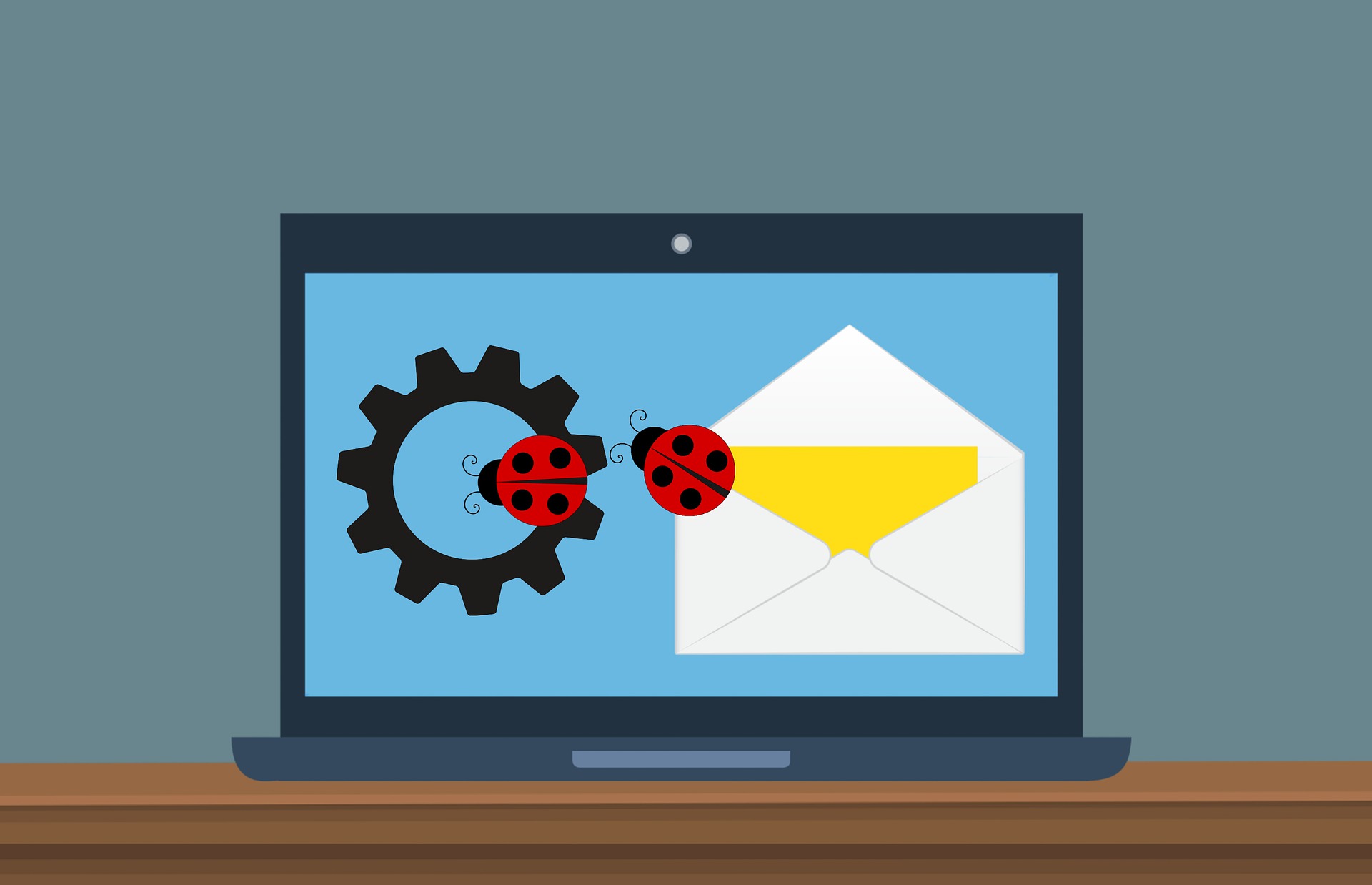
The rise of Artificial Intelligence (AI) has revolutionized many aspects of our lives, from the way we communicate to the way we work. However, this technology is not without its risks. As AI has become more sophisticated, cybercriminals are finding new ways to use it to their advantage. From phishing emails to voice cloning and malware attacks, scammers are leveraging the power of AI to steal personal information and commit email fraud. Here, we will explore how these criminals are using AI to steal emails and what steps you can take to protect yourself from falling victim to these sophisticated attacks.
AI-generated email scams
AI technology has been used to make emails look more authentic. Scammers use algorithms to analyze patterns of email communication and generate emails that sound like someone that you know, for instance, your colleagues, business partners or boss. These emails usually contain requests for financial assistance, access to your network or computer and sensitive information such as passwords and credit card numbers.
These days, scammers use AI to gather personal information of their targets from social media accounts and other online sources
Improved writing skills
Fraudsters have been able to improve their techniques of email scams with artificial intelligence. Email fraud has been a thing for a while now but they have always been detectable. Signs like grammatical and spelling errors are used to expose email scammers but with AI, any mistake that might warn us of scammers are eliminated. You probably know that ChatGPT can generate well-constructed and beautifully written emails void of any form of error on any subject. This has made phishing emails quite difficult to detect.
Contextually relevant data
Scammers can use AI tools to make emails suit whatever context they want to use them in. It uses tone, personal details and language that make it believable and sound real. Imagine you receive an email that refers to a recent event that happened around you or in your workplace; this will likely make you believe the email is legitimate.
AI-generated phishing emails can respond to prompts that require them to mimic the receiver’s hobbies, habits and interests. Fraudsters can feed AI tools like ChatGPT with the names of executives and staff of your company so that they can create a personalized phishing email.
Email Refinement
Gone are the days when fraudsters had to spend time writing and editing the emails themselves, all they have to do now is use AI tools to refine phishing emails and regenerate them to their taste. AI tools can be trained using previous phishing emails to develop new strategies that can evade any email scam detection system.
Concluding Thoughts
Indeed, the increasing use of AI technology in email scams has made it more difficult than ever to differentiate between legitimate and fraudulent messages. Industry leaders like Elon Musk and ChatGPT’s Sam Altman have called for AI regulation, while countries are beginning to implement policies to control the indiscriminate use of this technology. At the same time, internet users must remain vigilant and cautious, looking out for inconsistencies in tone, style, and language in every email.
Additionally, it’s essential to verify the email address and domain of the supposed sender, and if in doubt, reach out to them through other means to confirm the legitimacy of the message. With the risks of email fraud constantly evolving, it’s more important than ever for individuals and organizations to take necessary precautions to protect themselves from falling victim to cybercriminals.
Photo credit: Mohammad Hassan (Pixabay)



